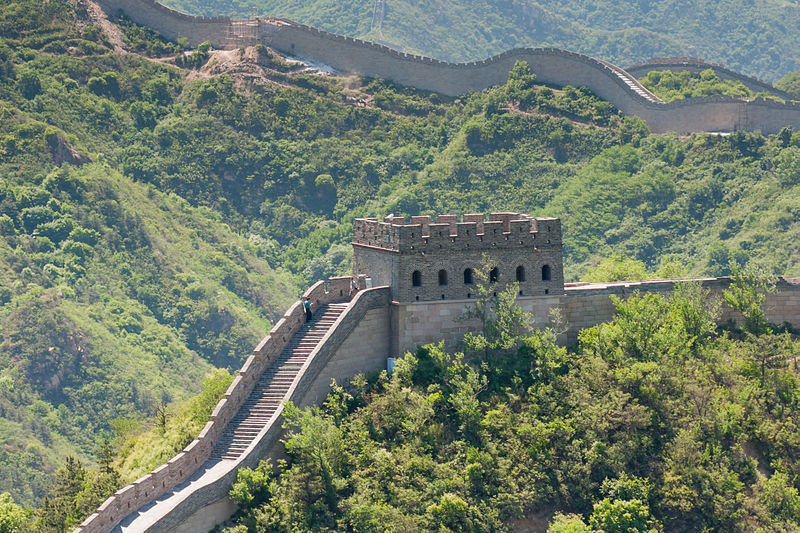
The Great Wall of China’s greatest saviors? 3D-imaging drones and AI

The Great Wall of China is indeed one of the greatest wonders of the world, but when you are more than 2,000 years old, you are obviously going to require some kind of facelift. The China Foundation for Cultural Heritage Conservation is cognizant of the fact that several sections of the Wall are not only eroding but are also too steep and dangerous for restoration experts to access. And that’s why it has decided to partner with Intel and put drones on the job instead.
Over the next several months, you should be able to spot Falcon 8+ drones buzzing around the 13,000 miles long stretch of the Wall. These drones, equipped with obstacle avoidance technology, will capture high-definition 3D images of the structure and help preservation teams determine its current condition. The aerial imagery will also be processed by Intel’s Artificial Intelligence tools to generate a virtual 3D model of the monument to speed up the process of identifying sections require the most attention.
One particular part of the Wall which has been difficult for repair teams to reach is the Jiankou section, which was constructed in 3rd Century BC. Here, not only the Wall is at its steepest, the section is masked by thick vegetation. Therefore, the map which will be created after the remote inspection of the area will help the repair teams to tread with caution.
Anil Nanduri, vice president and general manager of Intel’s drone team, is quite excited about the future of inspections being automated all the way from drone data capture to data processing, analysis and insights. “We look forward to leveraging our technology to aid in the preservation of more world heritage sites in the future,” he says.
The past few years have seen the capabilities of drones growing rapidly in almost every area. From military and disaster relief to agriculture and delivery services, this technology has opened the gates for some pretty incredible opportunities. And we can certainly expect to see more of these buzzing robots helping to preserve old architectural wonder and world heritage sites in the future.





